I have a 9V DC motor and I want to control its speed with an Arduino board with help of a power transistor TIP120. In one of the web-tutorials the writer explains how to calculate the resistor resistance. Here is the link to the page: http://teachmetomake.wordpress.com/how-to-use-a-transistor-as-a-switch
In Example 1, if you scroll down to read the paragraph starting with: “Finally let’s take a look at the datasheet for the TIP120. First, we see that Ic(max) = 5 A, and that Vceo(max) is 60, 80, or 100 V, so we are fine so far. Next we check the base current...” you can read his explanation.
Here the writer of the blog uses a logic to calculate the resistor value for the base. If I use his logic I obtain a resistor value which is very low comparing to other examples in other websites. Here is my scenario using his logic and by looking at TIP120 data sheet:
1-) The DC motor will be fed by a 9V battery and will be controlled by a pwm pin from the Arduino using a TIP120 transistor.
2-) The DC motor draws 500mA with no load; and 2500mA stall current as Imax_load. I measured these with an ampermeter.
3-) In this case the TIP120 satisfies the condition for Vce and Ice_max.
4-) Since Ic/Ib = 250, Ib_max will be 2500mA/250. So Ib_max = 10mA.
5-) Accoridng to TIP120 data sheet, in saturation zone for 2500mA the base emitter voltage will be Vbe = 1.75V.
6-) Since Arduino pin output is 5V, the voltage drop in resistor should be Vr = 5V – Vbe = 5 – 1.75 which means Vr = 3.25V.
7-) We can then use the base current Ib as 10mA < Ib < 40mA. Below 10mA the current will be too low and above 40mA might damage the Arduino. So I also choose a calue as 20mA. This means a resistor value R = Vr/Ib = 3.25V/20mA so that I obtain the proper resistor as R = 162.5 ohm.
I found many tutorials for Arduino and this transistor they use resistors such as 1k or 2.2k ect. For example here at this webpage they use 1k resistor: http://www.instructables.com/file/F9LKDFGGU7FXUMH There are many other use 1k and 2.2k.
My question is, is his logic and my calculations are right? Can I safely use the resistor I calculate?
